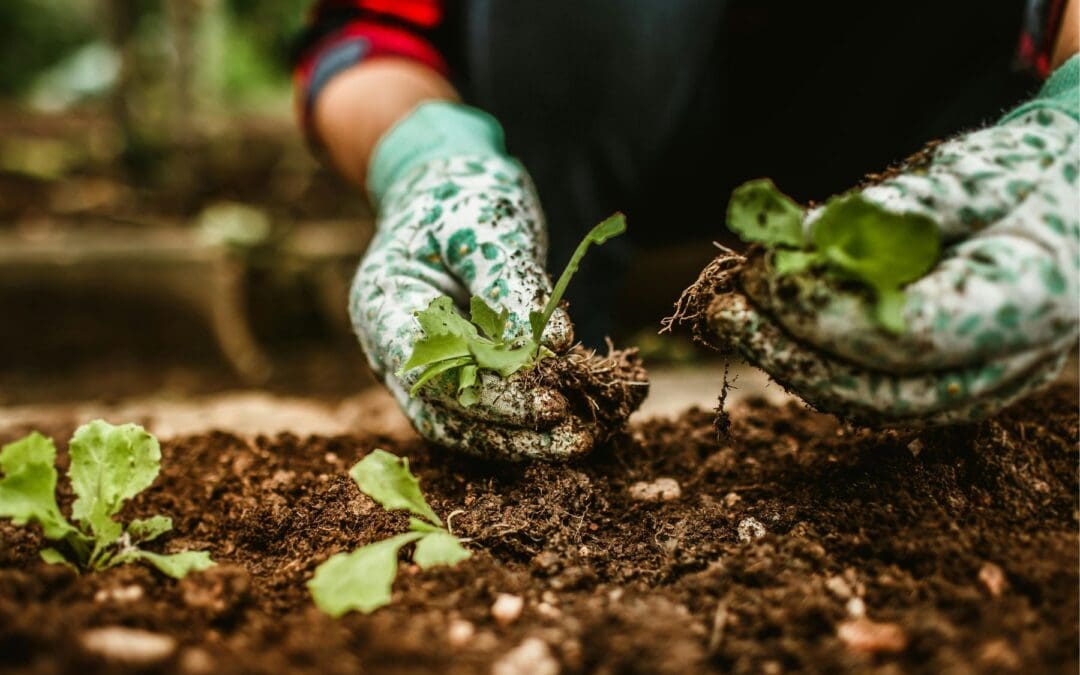It’s a great choice to plant in the fall. Planting in autumn helps roots get a head start. They grow in warm soil without the stress of summer heat. When spring comes, these plants are ready to thrive. They often grow better and have more blooms than plants put in the ground in spring. If you’re a homeowner looking to improve your yard, now is the time to grab your trowel.
Plant in the Fall: Getting the Timing Right
When the leaves start to turn, focus on your trees, shrubs, and evergreens. Fall planting is particularly beneficial for these woody plants. The soil retains enough residual warmth from summer to encourage root growth, while the cooler air minimizes transplant shock and reduces water loss through leaves.
You should aim to get these in the ground at least six weeks before the typical hard freeze date in your region. This window gives the root systems ample time to anchor and begin establishing themselves before the ground freezes solid. Think about foundational shrubs like hydrangeas, lilacs, and boxwoods, or larger specimen trees such as maples, oaks, or dogwoods. By planting now, you set them up for a strong, vigorous surge of growth next spring.
A Spectrum of Perennials and Bulbs
Perennials are another fantastic fall planting candidate. Dividing existing perennials or planting new ones in autumn is often more successful than waiting until spring. Fall-planted perennials spend the winter developing a strong root mass, ready to send up robust foliage and flowers come the next growing season. Consider classic garden staples like hostas, daylilies, coneflowers, and sedum. Once the plants go dormant, they can focus all their energy underground, a significant advantage over spring-planted counterparts.
This is also the definitive time to plant spring-flowering bulbs. Tulips, daffodils, crocuses, and hyacinths require a period of cold stratification to trigger their blooming mechanism. By planting them now, you are essentially “chilling” them naturally over the winter. The rule of thumb for bulbs is to plant them two to three times as deep as the bulb is tall, ensuring the pointed end faces up. Getting bulbs in the ground before it freezes solid is a non-negotiable step toward a spectacular spring display.
Extending the Edible Garden
Don’t neglect the vegetable patch! Many cool-season crops thrive when planted in late summer or early fall. The slightly lower temperatures sweeten the flavor of root vegetables and leafy greens, making a fall harvest a treat.
Hardy greens like spinach, kale, lettuce, and collards can often be sown directly into the soil. Root crops such as carrots, radishes, and beets also appreciate the cooling soil temperatures. Furthermore, garlic and shallots must be planted in the fall. Plant the individual cloves, pointed end up, a few weeks before the ground freezes, and they will overwinter, ready for a substantial harvest the following summer. This fall planting ensures you get a full-sized, cured bulb, something that cannot be achieved with a spring planting.
Final Preparations for Success
Regardless of what you choose to plant, the key to fall planting success lies in soil preparation and consistent watering. Amend the planting hole with compost to improve drainage and nutrient retention. Water the newly planted material thoroughly immediately after planting and continue to water regularly until the ground freezes. Even though the air is cool, the roots still need moisture to establish themselves. A layer of mulch applied around the base of the plants, but kept away from the crown, will help regulate soil temperature, conserve moisture, and protect the roots from extreme cold. Embrace the season; fall planting is a productive and rewarding endeavor that pays dividends when your landscape awakens next spring.
Plant in the Fall: Frequently Asked Questions
Can I plant perennials right up until the first frost?
It is better to aim to plant perennials at least six weeks before your area’s average first hard frost. This time allows for essential root establishment. If a mild frost is predicted shortly after planting, a layer of mulch can provide protection.
Is it too late to move my shrubs in the fall?
Fall is actually one of the best times to transplant shrubs. Ensure you dig a wide root ball and minimize root disturbance. Just like new plantings, the shrub should be moved and established at least six weeks before the ground is expected to freeze hard to give the roots time to settle.
If I forget to plant bulbs in the fall, can I plant them in the spring?
Spring-flowering bulbs like tulips and daffodils require a chilling period (cold stratification) to bloom. If you miss the fall window, you can purchase pre-chilled bulbs to plant in the spring, though your selection might be limited, and the result may not be as vigorous as a naturally chilled, fall-planted bulb.
How deep should I plant garlic cloves?
Garlic cloves should be planted approximately two inches deep, with the pointed side facing up toward the soil surface. They also benefit from a few inches of protective mulch after planting.
Monadnock Home Inspections provides home inspections in Southern New Hampshire. Contact us to schedule an appointment.

